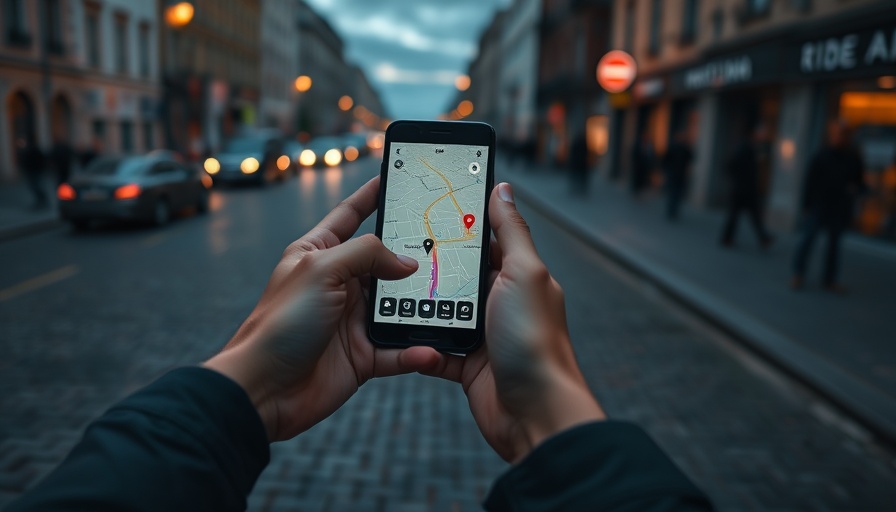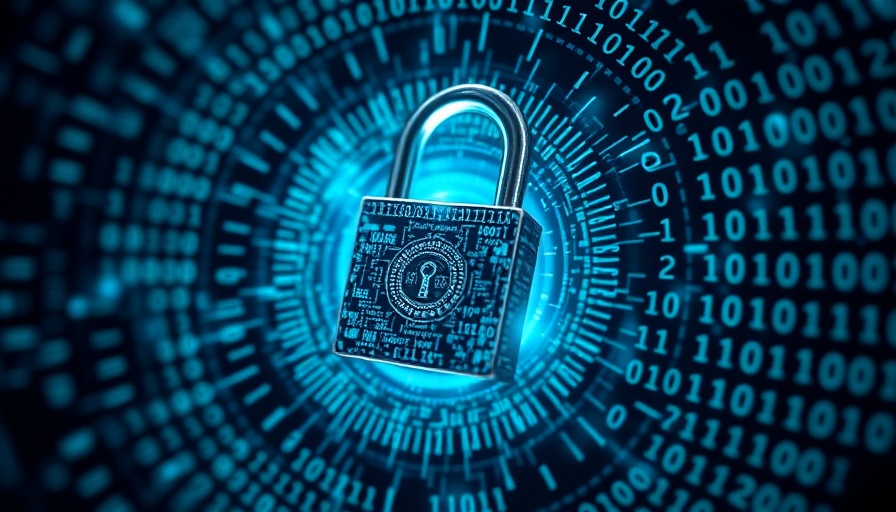
Discovering the World of Cybersecurity Literature
The fascination with cybersecurity has grown exponentially alongside its evolution from a niche technical field to a $170 billion global industry. Over the last three decades, the rise of notable high-profile breaches like the 2015 Sony hack and the Colonial Pipeline ransomware attack have thrust hackers into the public spotlight, igniting interest in various narratives surrounding cybersecurity.
Books have emerged as one of the most potent mediums for exploring the world of hacking, espionage, and cyber-defenses. Pop culture hits, such as the gripping series Mr. Robot and the film Leave the World Behind, reflect society's fascination with these themes, while literary works delve into the mechanics and stories behind the hacks. Let's explore some of the most compelling titles recommended by community members and tech enthusiasts alike.
The Masterpieces of Cyber Literature
Among the most notable works is Countdown to Zero Day by Kim Zetter, which recounts the thrilling tale of the Stuxnet malware. Zetter profiles this notorious piece of software, which was part of a clandestine operation involving Israeli and U.S. government hackers against Iran's nuclear program. The book serves as both an introduction to cybersecurity for newcomers and a detailed analysis for industry professionals.
Dark Wire by Joseph Cox offers readers an eye-opening account of Operation Trojan Shield, where the FBI infiltrated criminal networks by selling compromised encrypted phones. Cox's detailed narratives make it clear that innovation in cybersecurity tactics is a double-edged sword, benefiting law enforcement but posing threats to personal privacy.
A Historical Perspective on Cyber Espionage
Another remarkable title is The Cuckoo's Egg by Cliff Stoll, chronicling his obsessive journey to uncover an early case of cyberespionage during the 1980s. Stoll's journey from an accountant puzzled by a mere $0.75 discrepancy to a detective uncovering the KGB's digital footprint provides an insightful look into the roots of hacking culture and the precursors to today's cyber world.
Why Cybersecurity Books Matter
These narratives not only highlight past incidents but also outline key technological advancements that shape the future of cybersecurity. In a world increasingly intertwined with technology, understanding these dynamics becomes essential for everyone—from tech enthusiasts to professionals looking to navigate emerging tech trends.
As cybersecurity evolves, so too must our understanding of the challenges and innovations within it. Having a solid grasp of these themes allows readers to be more informed about data privacy, protection mechanisms, and the ethical ramifications of technology in our increasingly digitized lives.
What’s Next in Cybersecurity Literature?
Given the rapid pace of technological breakthroughs and the emergence of disruptive innovations, anticipating future trends in cyber literature is a thrilling prospect. Will we see more books about the human experiences behind data breaches? Or perhaps narratives that dissect the role of AI in cyber defense and offense? The possibilities are endless, and they promise to enrich our understanding of this critical field.
 Add Row
Add Row  Add
Add 




Write A Comment